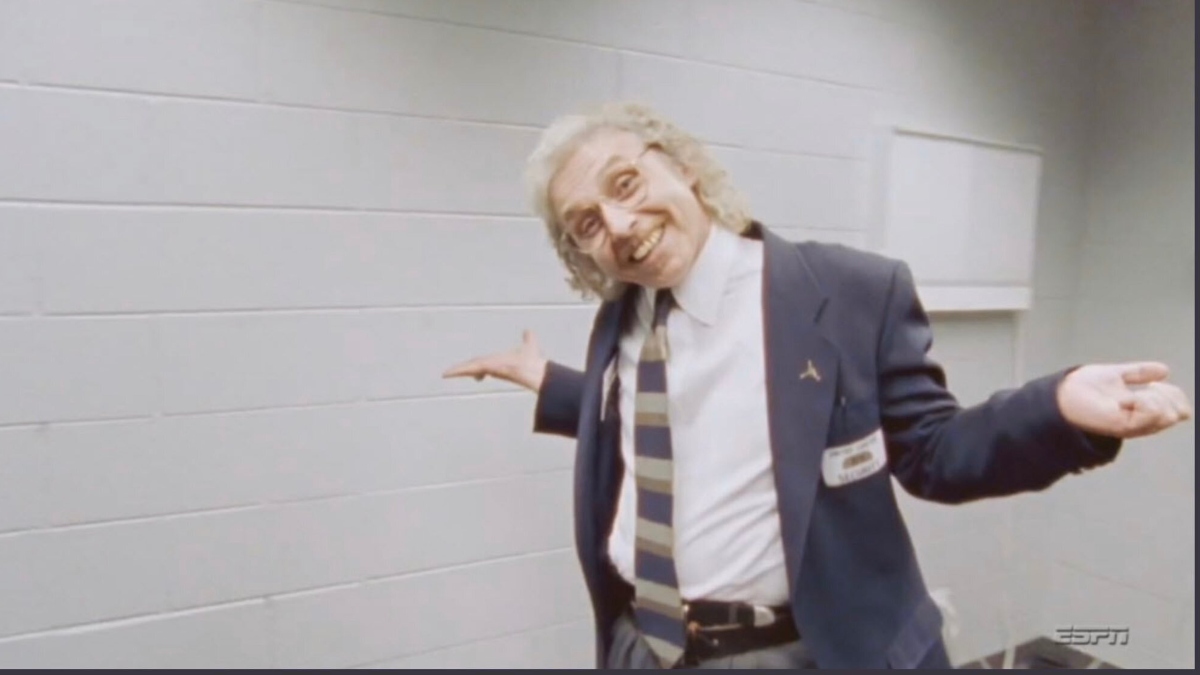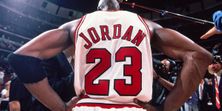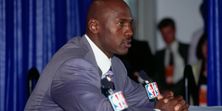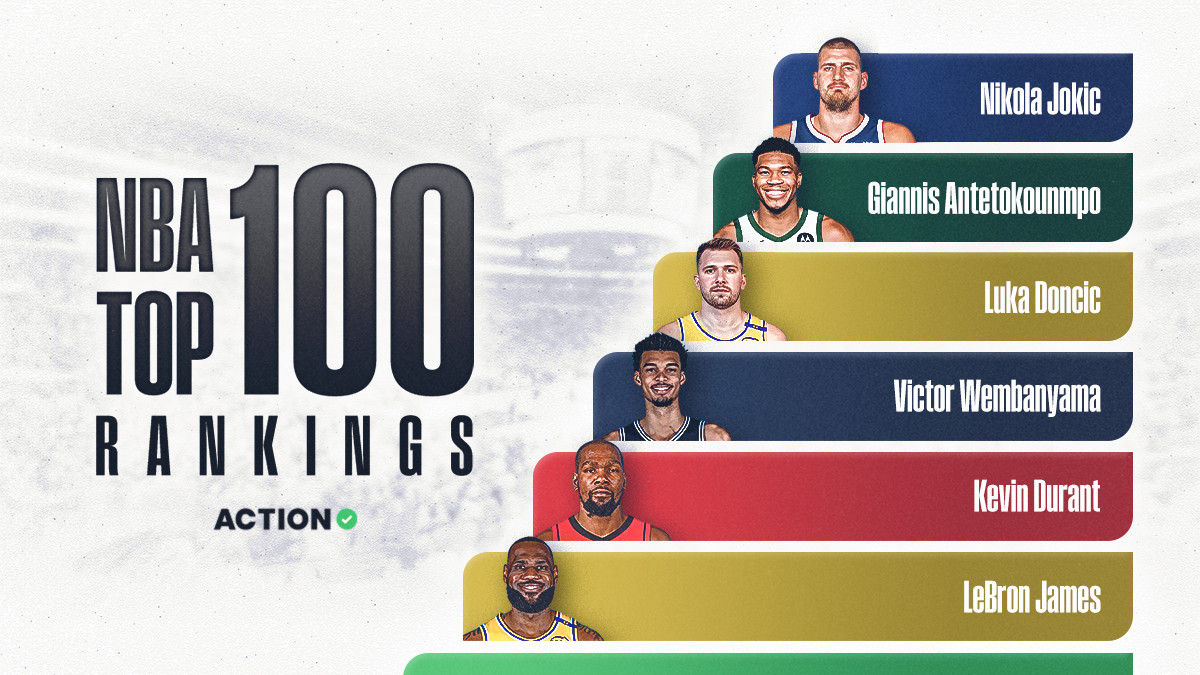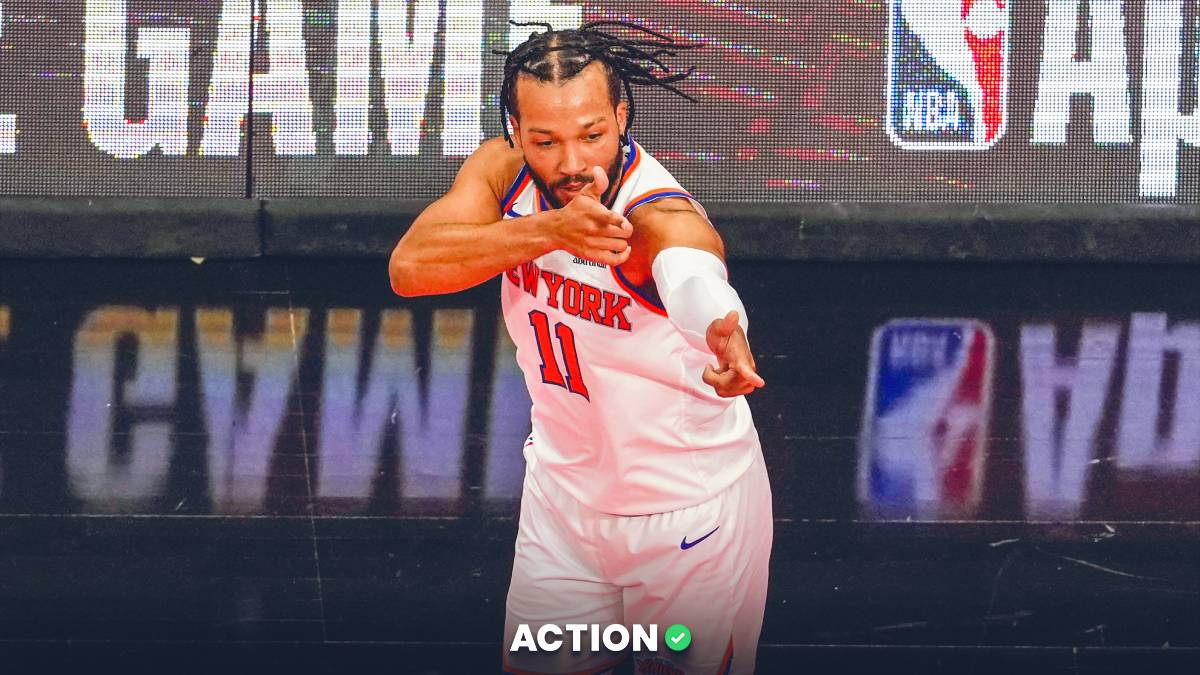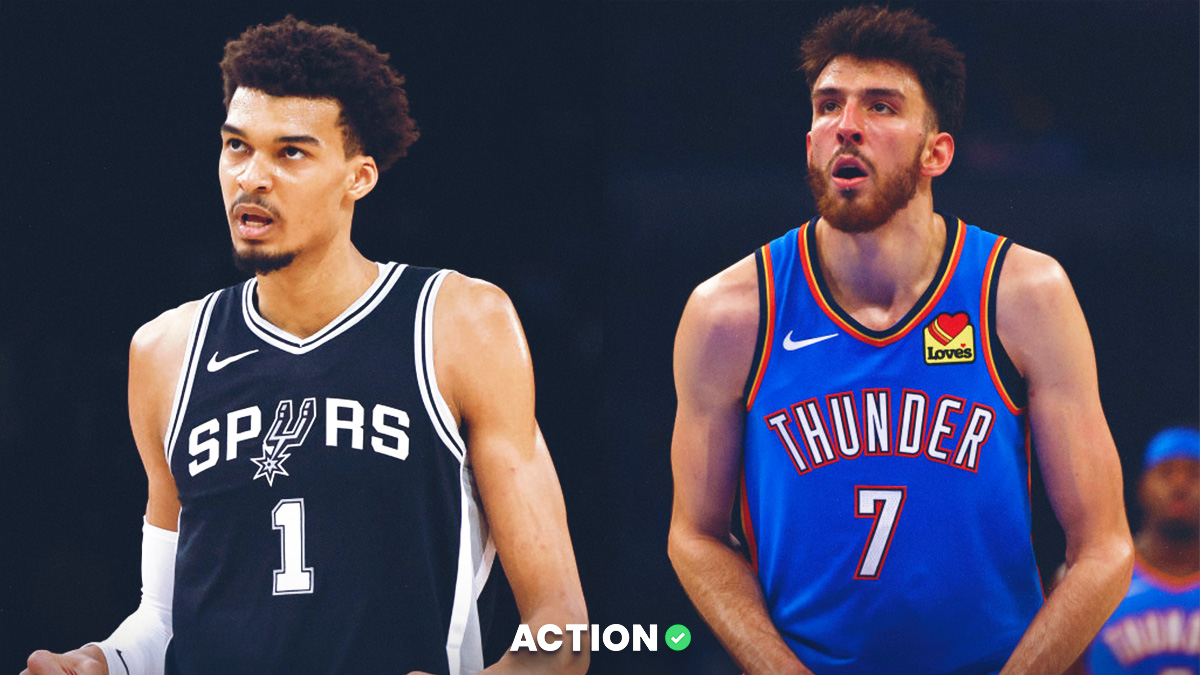Rob Perez: Night 3 of ESPN’s "The Last Dance" was filled with riveting new stories, explanations and tributes to Michael Jordan’s notorious career. From the wars with the 90s Knicks to the locker room of the 1998 All-Star Game at Madison Square Garden, there was a plethora of never-before-seen, vaulted footage to make any basketball fan drool.
One moment, however, stood out during the introduction to gambling fascination. Or, should I say, “his competition problem.”
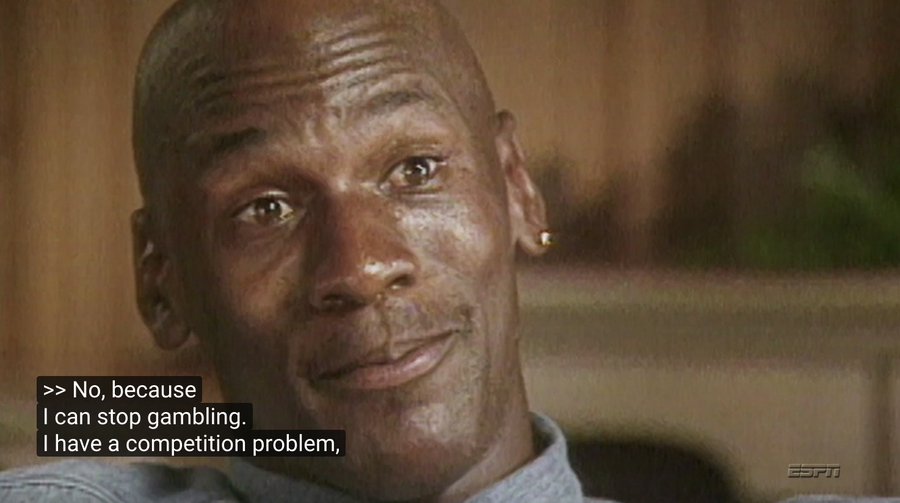
The beginning of Episode 6 takes us inside the Bulls locker room on March 23, 1998, where the team is preparing to face the Boston Celtics at the United Center. The camera finds Michael Jordan in a back room surrounded by the "Sniff Brothers," a nickname given to the Bulls' locker room security personnel responsible for the safety of the players and with whom MJ had a very close relationship.
One guard in particular, John Michael Wozniak, is featured “pitching pennies” against Jordan. While there are multiple versions of pitching pennies, the main purpose of the game is to throw your pennies (or in this case, quarters) and have them land closer to the wall than your opponent's.
What ensues is the perfect illustration of Michael Jordan’s lust for competition on and off the court; however, viewers are at the mercy of edited footage, which does not provide all the details to those MJ locker-room games.
Let’s work with what we got, though, as there are several clues that suggest how the game played out:
1. The footage reveals three different games.
2. In the first two games, Woz leads the throwing.
3. Whoever leads the throwing is conducting sudden death throws. What this means is that the thrower is allotted a specific amount of throws in which he tries to achieve his best attempt. If the thrower is not pleased with the attempt, he picks up his coin and attempts again, assuming the risk that his mulligan could be either better or worse than the attempt before it. When he's satisfied with his attempt, he can stop the process of throwing and lock in that location. If the leading thrower reaches his maximum number of attempts, the final throw becomes the official attempt no matter where it lands.
4. This is suggested to be true when Jordan tells Woz, “you only need one [coin]” when he is setting the table with opening throws. If each coin remained on the field of play during the table-setting process, more than one coin would be required to hold the position.
5. Woz has at least three attempts to set the table, as the footage reveals Michael Jordan complaining Woz has "all the tries" to complete his task. MJ never specifies an exact number, so we don't know exactly how many throws Woz is entitled to; however, we will assume that it is a greater quantity than that which he is given, otherwise Jordan probably wouldn't have brought it up. The number of Woz's throws we guessed and used as a part of the mathematical equation below was five.
6. When the table-setting is complete, the rebuttal thrower has a specific amount of throws he is allotted, which is negotiated before the process begins — i.e. when Jordan spews, “OK, Jerry Krause” vitriol at one of the side-action Sniff Brothers when they try to limit his total rebuttals to two from three.
7. There is no footage or proof of how the first contest ends. All we know is this is where Woz’s coin is established on the board.

8. The footage then fast forwards to Game 2, in which Woz completes a nearly perfect toss.

9. Jordan gives a valiant effort, but his three tries do not defeat Woz’s.

And then there is Game 3, in which all hell breaks loose…
Justin Phan: Now that we’ve established the ground rules behind each game, we can start to determine how they impacted the odds. As this whole “competition” was unfolding, I’m sure I wasn’t the only one trying to figure out who was actually hustling whom.
Before we dive in, pitch% below refers to the likelihood, on average, that a thrower will pitch his quarter closer to the wall than his opponent on a given attempt. All listed odds are based on the corresponding pitch% and the game’s rules.
We can calculate Woz’s win probability based on Jordan’s pitch%; if Jordan is pitching at a 40% rate, Woz has a 60% chance of winning a given toss. And given Jordan has three rebuttals in Game 1, Woz’s win probability is (0.6 x 0.6 x 0.6) = 0.216, or 21.6 percent. Subtract 0.216 from 1 and you get 0.784 (78.4%), or Jordan’s win probability.
Michael Jordan's Games 1 & 2 Odds for "Pitching Pennies" Game
Games 1 and 2 are played using the same rules, and it’s clear that Jordan has a significant edge here. While Woz has the advantage of getting what Jordan describes as “all the tries” to set the table, Jordan needs to pitch only 20.6% of his quarters closer to the wall on average for this to be a break-even bet.
Jordan’s expected pitch% is likely in the 30-35% range factoring in Woz’s table-setting attempts, so he should be around 70% to win each of these bets. Sometimes you’re on the wrong end of variance, though, and get hit with a Jordan shrug.
Michael Jordan's Game 3 Odds for "Pitching Pennies" Game
Oh, dear. Whatever positive expected value (+EV) Jordan accumulated over the first two games was given right back to Woz in Game 3 and then some.
This is about as bad as it gets. Not only does Jordan have just one attempt to set the table, but he’s giving Woz four rebuttal throws. Even if Woz hits on just 16% of his attempts on average, he’s still coming out ahead.
The biggest travesty of all is that Woz got down only $20 here. I’m getting every single one of the Sniff Brothers involved and pooling everyone’s money together. With only one table-setting attempt, Woz’s expected pitch% is at 40% on the low end, so he should be at least 87% to win here.
Rob Perez: Jordan booked an even payout bet in which he was close to a +1000 underdog. I don’t care if he was up on the night, down or even, how this all played out is just a testament to how thirsty this man was for action of any kind. All of the stories, reports and urban legends of his gambling all of a sudden become a lot more believable after watching him just fire off props with absolutely no sense of implied odds, albeit for only $20.
You’re now probably wondering how this affected Jordan’s performance on the basketball court, because losing bets of any kind had infamously ignited an unprecedented level of play throughout his career.
On this night against the Celtics, the Bulls won by a score of 111-88 and Jordan shot 11-of-22 from the field. Some people like to say, “it’s not a gambling problem if you win." In this case, you’re going to need to specify.


